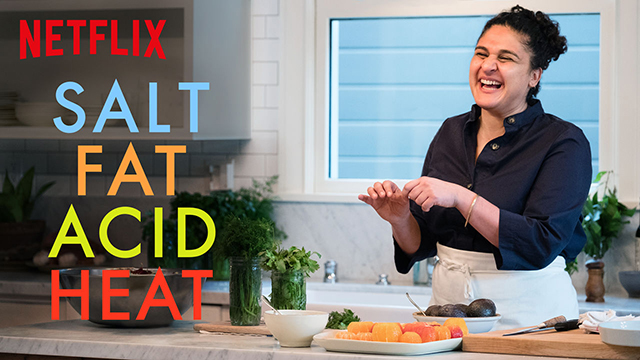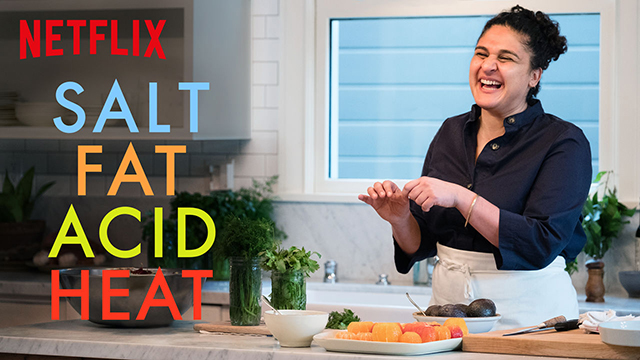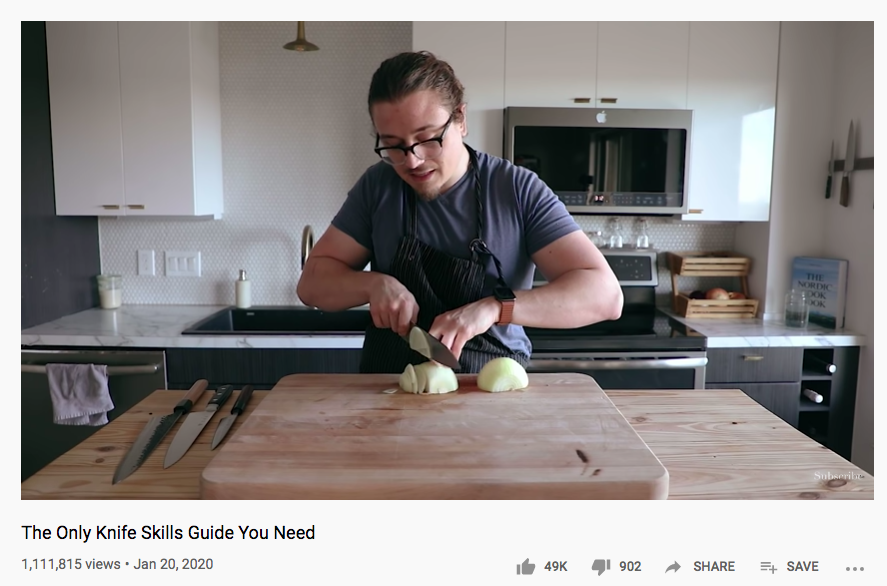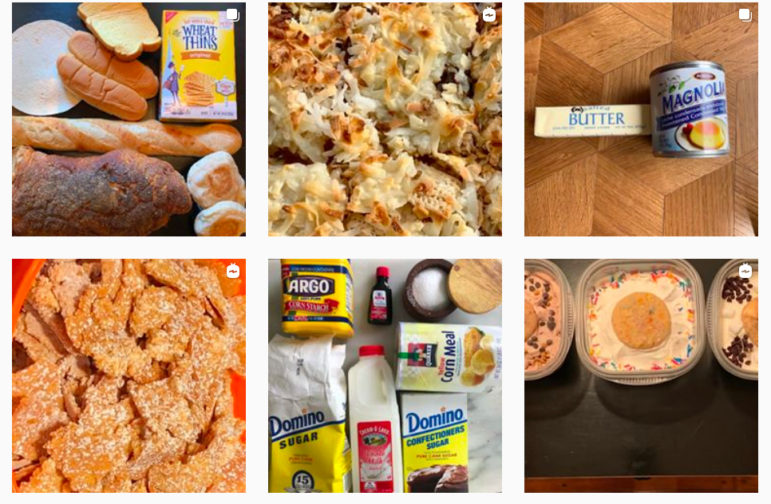
With restaurants and cafes closed around the world, many have returned to their home kitchens to do what we need to do to live: eat. From simple TikTok concoctions of dalgona coffee or pancake cereal to the bread baking obsession that took over Instagram, media and entertainment has brought about both old recipes and creativity in how we cook.
Netflix

Salt Fat Acid Heat
Based on her 2017 award-winning book of the same title, Berkeley-based chef Samin Nosrat’s culinary documentary series Salt Fat Acid Heat was a huge hit. Throughout the four episodes of this short Netflix show, Nosrat travels around the world to demonstrate how what she believes are the four fundamental factors in cooking good food (salt, fat, acid and heat) are explored in four locations around the world (Japan, Northern Italy, Mexico and California) respectively.
Each episode alternates between Nosrat with her chef friends exploring how the elements are used in their respective countries and Nosrat applying and teaching various principles to her recipes, which can be found free online. It isn’t about creating a three Michelin star, visually perfect dish with expensive professional kitchen gear or rare ingredients. Rather, Nosrat goes back to the basics and fundamentally explores the power of the ingredients themselves, demonstrating how everyone can apply such practices in their home kitchen.
Nosrat’s recipes she makes in the documentary series can be found on the Salt, Fat, Acid, Heat website and the beautiful shots of the dishes she cooks make it impossible for viewers to not want to try it themselves.
As a food lover, I made two of them: the focaccia and the buttermilk chicken, which are both super easy yet stellar recipes. Focaccia is a flat Italian bread that acts like pizza dough. The basis of this focaccia recipe that makes it so addicting is the quality in each ingredient, especially the sheer amount of olive oil carrying a “full spectrum of flavors”.
Buttermilk is a fermented dairy drink and because of its acidity, it makes the chicken tender and juicy rather than dry and hard, as Nosrat explains. All you need is buttermilk, one fat chicken, salt and patience (the chicken needs to be marinated for at least 12 hours). Simple, yet delicious because of the way each ingredient is used in the recipes.
Cooked
Whenever someone asks me “Who would you want to meet?,” my answer is Michael Pollan. Pollan is a UC Berkeley
Professor of Journalism famous for his adage “Eat Food, Not Too Much, Mostly Plants” from best-seller books “The Omnivore’s Dilemma” and “In Defense of Food.” Through his work, Pollan examines the social, cultural, physical and envi
ronmental impacts that food has and urges viewers to appreciate the beauty of cooking themselves, rather than constantly consuming pre-packaged, highly processed, corporation created foods.
Like Nosrat’s Salt Acid Fat Heat, the show is divided into four episodes (Fire, Water, Air and Earth). Fire, as Pollan says, is so powerful because the discovery of it was the turning point to true cooking. Water, is what brings our cooking to life. Air explores the way putting air into our food transforms it completely, especially in carbohydrates like bread. And lastly, Earth looks at how food changes if we just let it sit, the process of fermentation.
My favorite episode by far was Air, which was all about the fermentation of bread, the world’s most sacred food. Bread is claimed to be the first civilized food eaten worldwide and is so important for diets in many cultures that wars and protests have been suggested to be started from increases in wheat prices.
Cooked suits viewers who prefer more science based explanations for food such as why bread increases in size when we first ferment it (due to the bubbling pockets of gluten). Overall, each Cooked episode squeezed in so much information in a short 50 minute episode it was hard to keep track between the different scenes as they crossed over each other.
YouTube

For those who want shorter, more specified lessons, Youtube offers countless videos from basics like “How to Cut an Onion” to complicated sugar glazing techniques from top chefs.
Joshua Weissman’s channel is a huge favorite of mine. Weissman, a former chef at famous Japanese restaurant Uchiko in Texas, posts easy to follow, entertaining cooking videos layered with decadent food porn B-roll. He has also become quite famous on TikTok (@flakeysalt), which are shortened versions of his Youtube content.
For the francophiles out there, Bruno Albouze’s The Real Deal is the channel to be watching. From a modest Far Breton to his Ferrero Fantasia Dessert, Albouze’s recipes are more than perfect. His French accent throughout the videos are also an added bonus.
As famous food newsletters, Bon Appetit and Food 52 have also been updating their YouTube content regularly, with their staff testing and presenting newfound recipes. Food52’s website is one of the best to find new recipes, with clear instructions and tasty content.

With the entire world staying home, professional chefs have taken to their home kitchens for cooking lessons on Instagram. Italian Michelin starred chef Massimo Bottura of Osteria Francescana, a restaurant whose reservation bookings are known to be like the Hunger Games, airs his Kitchen Quarantine episodes on IGTV.
Milk Bar founder Christina Tosi has also been taking to her Instagram page, where she posts the ingredients for the desserts the day before and then goes live at 11 am PST for around 45 minutes, creating and talking to her followers about her recipes.




